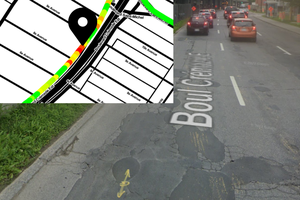Rigol ® data logging software exists but is not for free. Although other software based solutions are possible they are quite unstable and require having software running on computer while measurements are logged. DM3058E being entry level model lacks more advanced connection interfaces, built in data memory is limited as well. DM3058E has, however, 9-pin serial port and command set. Serial port on this muiltimeter can pass trigger and data ready signals. By utilizing serial port I set out to create measurements logging device for my own needs and then extend it towards completed device.
Device is based on Texas Instruments ® MSP430F5510 micro controller. Queried measurement data is saved in SPI flash. 520 K measurement records can be logged and retrieved from device as csv text files. Additional SPI EEPROM is used to store disk partition, file records and file allocation table information while connected to computer as USB mass storage device.
Measurements triggering rate can be set in range from tens of milliseconds to 120 seconds. DM3058E is somewhat limited in its ability to set exact timing of measurements. Two distinct data logging modes (interval and continuous) are used by the data logger to accommodate both long and short measurement periods. Continuous mode adjusts to measurements clock of the multimeter and makes possible to retrieve measurements at fast and uniform rate.
Firmware of the device for the device was developed using Code Composer Studio. Code does not use any external libraries except for MSP430 Driver Library and MSP430 USB Developers Package code that is licensed under Modified BSD License.
It would also be possible to adapt data logger for other multimeters like Tektronix DMM4020 or “classic” HP/Agilent 34401A. There is custom firmware to use the data logger with DM3068 multimeter that was created with the help of DM3068 user in Germany. Even if DM3068 has larger built in data memory to log something exact and save it to USB flash is not very straightforward using built in controls.
There are several users of the data logger device in Germany, Australia and United Kingdom. Devices assembled at the moment are listed on Tindie. User manual and sample data logs formatted in Excel are in files section.
 Krists
Krists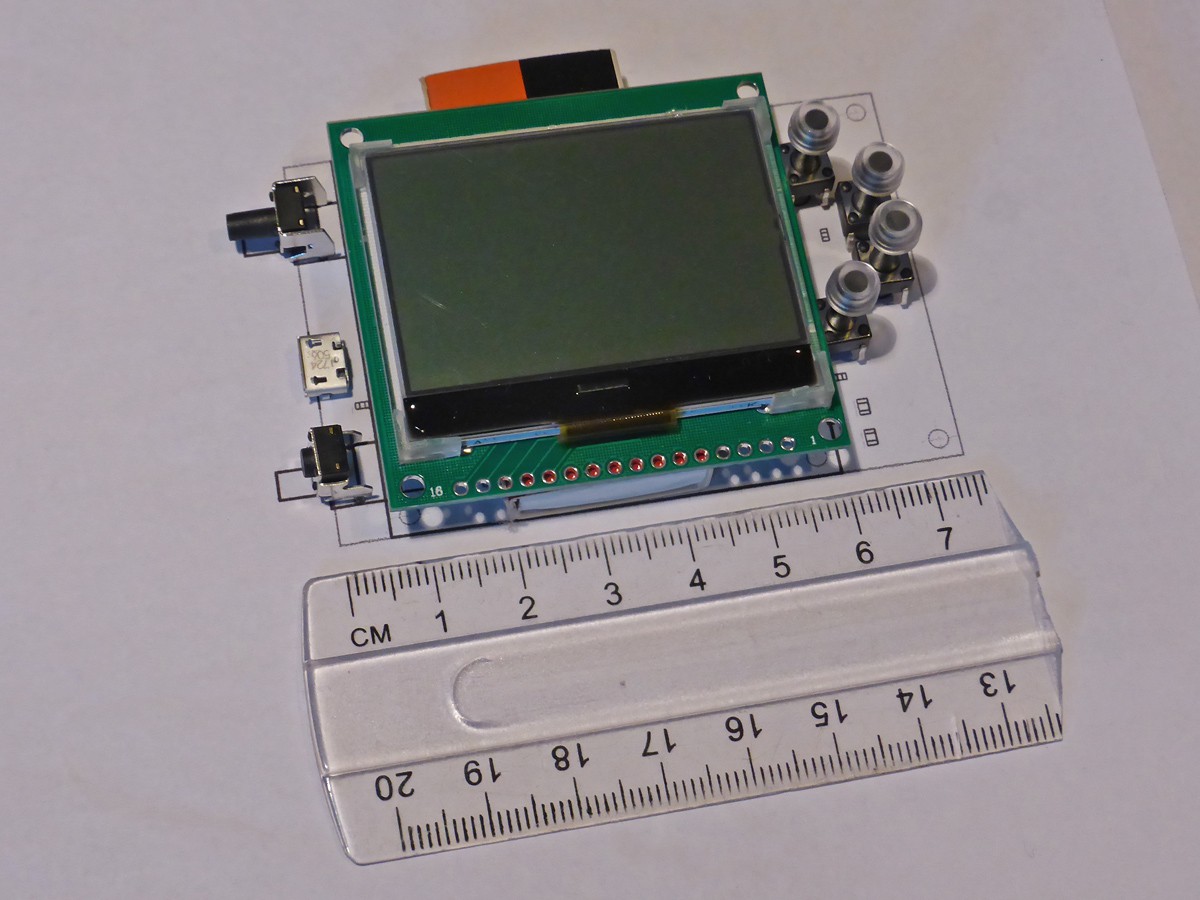
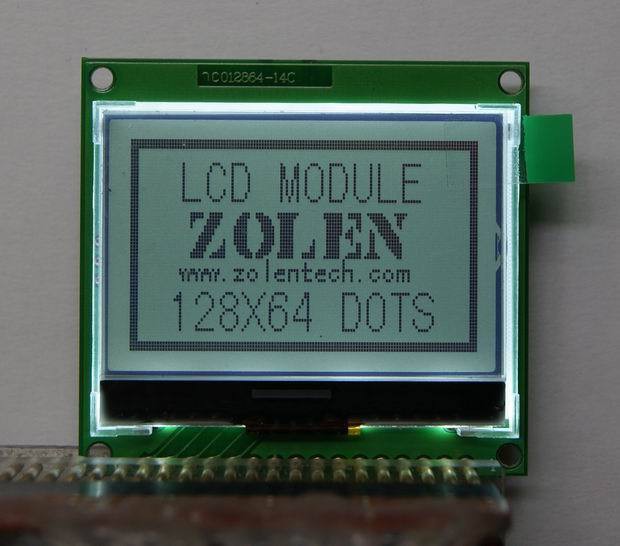
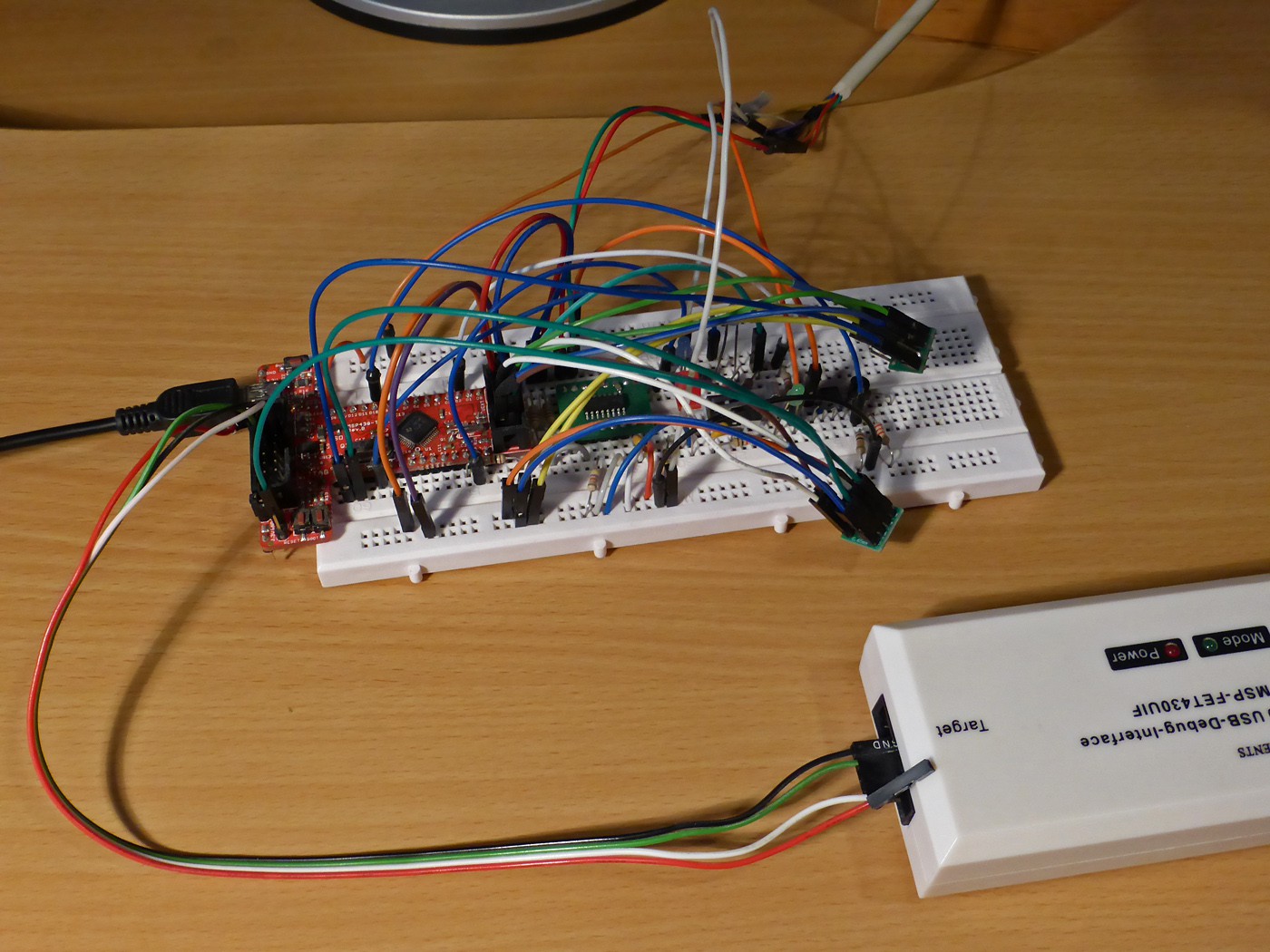

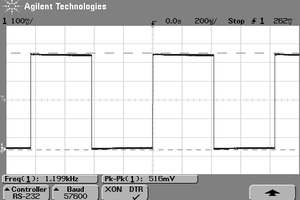
 Vedran
Vedran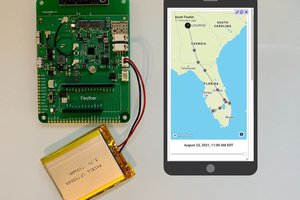
 Paige Niedringhaus
Paige Niedringhaus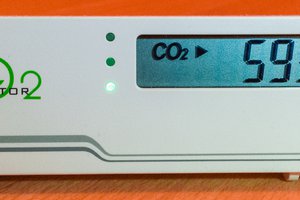
 Henryk Plötz
Henryk Plötz